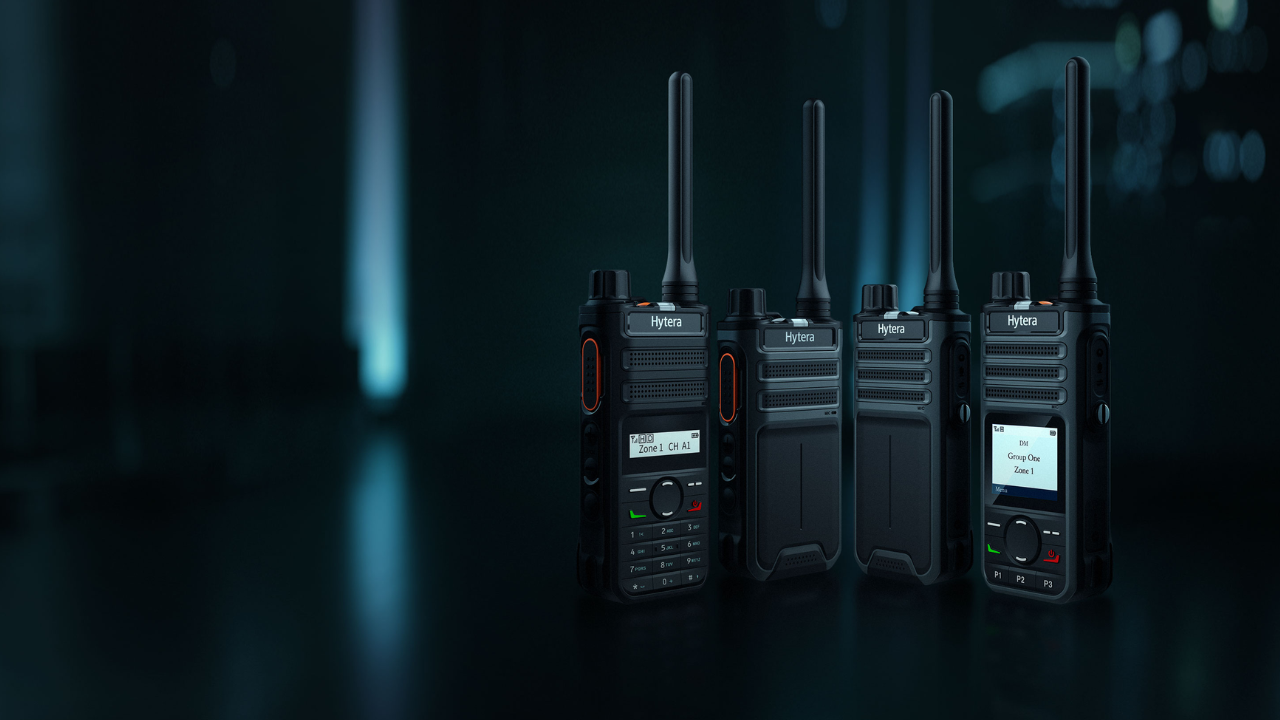The world's most dependable communication channel is still walkie-talkies. Since they can tune in to several frequencies to establish a stable connection, they are strong enough to function across the harshest terrains. They are essential to the planning of any event. There are businesses that provide walkie-talkie rentals so that event planners can do so rather than purchasing them.
Nevertheless, if you've ever wondered, "What is the range of a walkie-talkie? Then Hytera can walk you through all you need to know, including how to extend it. A walkie-talkie typically has a range of about 3 miles when there are obstructions. However, by using a GMRS radio, you can increase this range to 20–40 miles; however, typically, a license is required.
Other dominant characteristics can have an impact on the transmission range. This article will go over them in order to assist you in determining how accurate the range provided through radio makers is. And how you can use your walkie talkies radio to transmit across greater distances by paying attention to a few parameters.
How Can I Find A Walkie-Talkie With A Long Battery Life?
These days, nickel or lithium-based batteries are widely used. The first one enables you to work at temperatures as low as -10 °C, but it has a significant disadvantage: rapid resource depletion and the memory effect. It will be important to closely adhere to the charge and discharge system.
Lithium batteries can be problematic to transfer by plane since they quickly discharge in the cold. Verify the regulations because they vary depending on the airline. To choose the correct battery capacity for a walkie-talkie, think about where and how often you expect to use it. To increase the functioning time of walkie-talkies, wear headphones and tuck them beneath your clothing.
Factors for Determining Walkie-Talkie Range
Many manufacturers claim the transmission range of ideal conditions while marketing their products as long-distance walkie-talkies. The best situation is when there are no obstructions and the signals are propagating in an open space. Additionally, when there are no other environmental influences, the air simply carries the radio frequencies.
The truth, though, is the opposite. It's possible that the radio signals will need to pass through a variety of barriers in diverse environmental settings. Therefore, one should consider these three factors to ascertain what the gearbox range would be under normal conditions:
The Output Power
The simple law that governs transmission range is that a radio will radiate more frequency the more powerful it is. The signals will be transmitted through the antenna with increased power since the walkie-talkie will transmit more energy to the radio frequencies. Radios typically have an output power of 2 to 5 watts due to the small battery they use. So, choose a radio with a high power output if you want it to communicate across longer distances.
The Frequency
You can buy radios that use UHF, VHF, or a combination of the two frequencies on the market. For outdoor settings, Very High Frequency (VHF) walkie-talkies are ideal. Even with low power outputs, these frequencies have a long range. However, the VHF (136-174 MHz) radios lack the ability to transmit through concrete or structures. Ultra High Frequency (400-470 MHz) radios are ideal for this.
While these walkie-talkies can best pass past barriers, their communication range is limited. Furthermore, the radios often use one of the two FCC-regulated services, FRS (Family Radio Service) or GMRS (General Family Radio Service). A 2-watt radio can be used to tune into the FRS, a permit-free service with 22 standard frequencies. In contrast, the GMRS services demand a license and typically use a 5-watt radio, extending their range of transmission.
The Type of Antenna
Only if you have an antenna capable of emitting and capturing radiation will the transmitter and receiver function effectively. Antennas come in both directed and omnidirectional varieties. The former emits signals just in one direction, while the latter sends out signals in all directions. In short, both the installed antenna and the communication range at the end of a transmitter or receptor can be affected.
Remarks
Many manufacturers claim the transmission range of ideal conditions while marketing their products as long-distance walkie-talkies. The broadcast range promised by walkie-talkie manufacturers is essentially impossible to achieve because you do not always want to use your radio while out at sea on a sunny day. You must take into account a number of influencing factors in order to evaluate the radio's range under normal circumstances.

